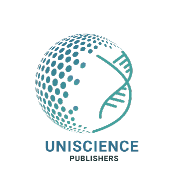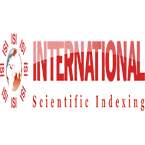In this study, the wastewater treatment performance, reuse of effluents for irrigation purposes in agriculture and its effect on plants, and soil have been investigated in an arid region of Jordan over three years. For this purpose, two pilot plants of wastewater treatment by vertical flow constructed wetlands (VFCWs) in Jordan were selected for reuse application in irrigation purposes in respect to the WHO regulations for reuse and the Jordanian standards for reuse in irrigation JS. The VFCW systems have shown high removal of COD, TSS, and BOD5 over the monitoring phase, conforming to the JS Category-A. Whereas, effluent TN and NO3–-N concentrations were 55 and 44 mg/L, conforming to the JS Category-B (TN: 70 mg/L and NO3–-N: 45 mg/L). The two-stage VFCW has shown high removal of COD, TSS, and BOD5, conforming to the JS Category-A.
The short-term impact of reuse the effluents in irrigation was investigated with different water quality and quantity (11 and 6 mm/day) using a subsurface irrigation system. A significant difference in ECs, SAR, Mg+2, Ca+2, and Na+ was observed in the topsoil (0 – 20 cm) as a result of high evaporation and capillary rise that increased salts accumulation. Results showed no significant variation in soil physical properties (texture, structure, moisture, and infiltration rate) among reuse plots. In addition, results revealed an absence of E. coli in the irrigated soils, indicating the effectiveness of using subsurface irrigation as a disinfection step for reuse. During irrigation of lemon trees using subsurface irrigation, soil results exhibited no significant variation in soil physical properties (texture, structure, moisture, and infiltration rate) among reuse plots. Further investigation was helpful to judge the impact of using treated wastewater in irrigation.
Keywords: Arid climate, wastewater, vertical flow constructed wetland, recirculating, reuse, subsurface irrigation













